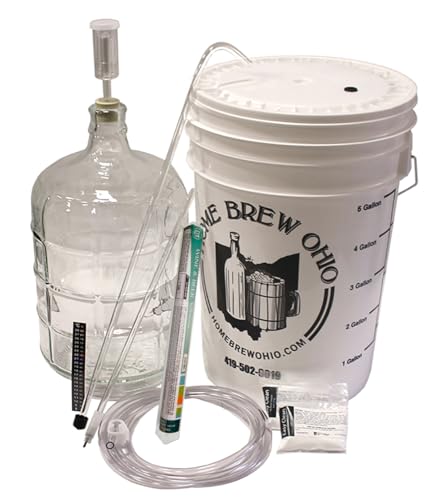I will do an RJS port kit in the next week or two, and would like to plan it out.
I noticed the RJS (Coffee kit) does not chapatalize like the WE port kit. I might do it until the yeast call it a day.
What was the Starting SG of the RJS port kit?
What was the ending SG?
What was the SG after adding the F-Pack?
There are revised instructions in the kit that says to wait until after clarifying to add the F-pack. Just an interesting note. I usually skip the clarifying stuff, and let time do it for me.
Thanks.
I noticed the RJS (Coffee kit) does not chapatalize like the WE port kit. I might do it until the yeast call it a day.
What was the Starting SG of the RJS port kit?
What was the ending SG?
What was the SG after adding the F-Pack?
There are revised instructions in the kit that says to wait until after clarifying to add the F-pack. Just an interesting note. I usually skip the clarifying stuff, and let time do it for me.
Thanks.




























































